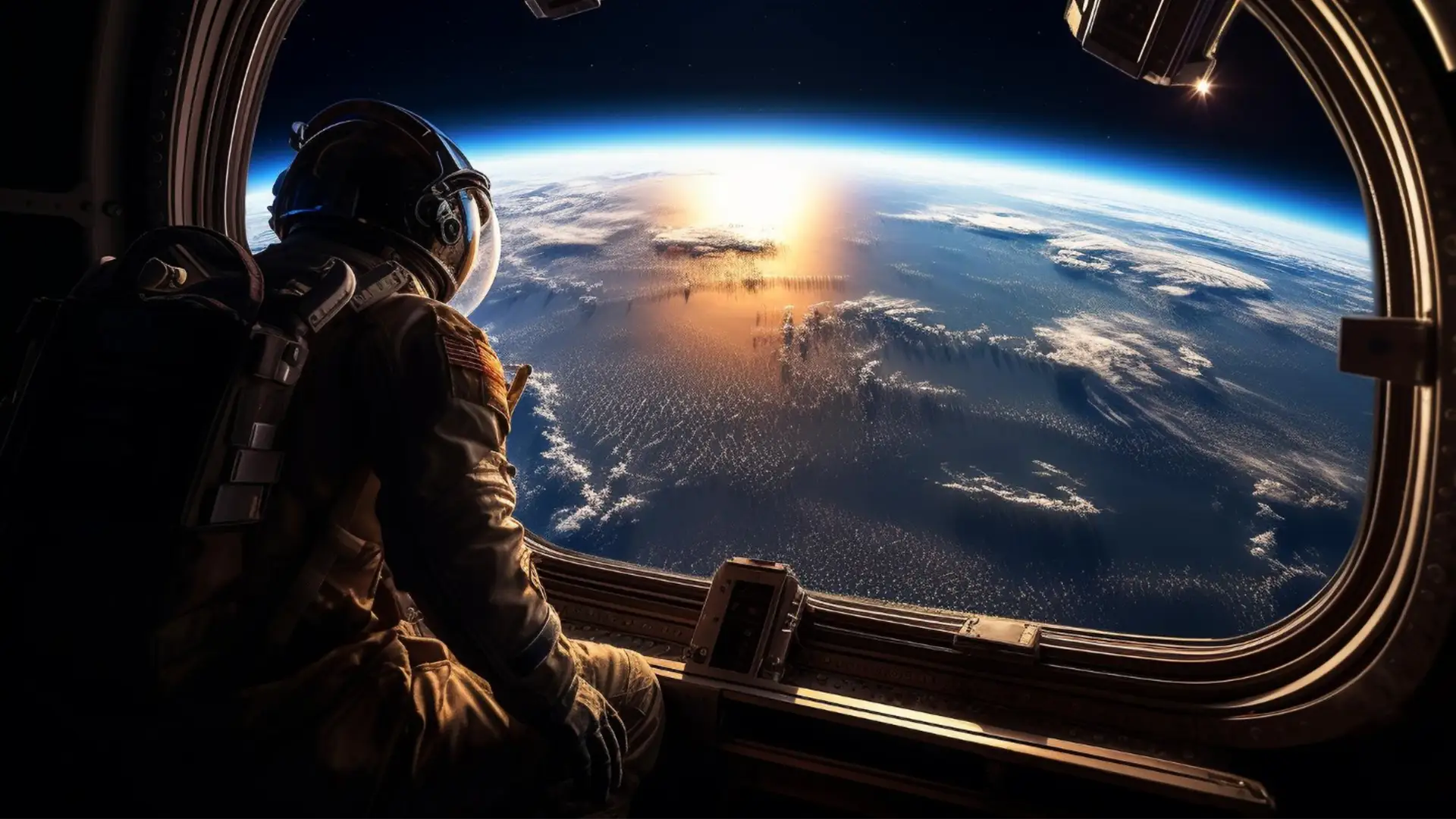How would you like to see Earth from outer space? What about experiencing a lack of gravity? This perspective sounds thrilling for most humans on our planet, and that is exactly why the space tourism industry appeared. Today we are going to dive right into this topic, see what this specific kind of tourism refers to and other fascinating things about it. Let’s get started!
What Is Space Tourism?
The textbook definition of it would be that it’s a type of travel focused on the outer space for recreational, business, or leisure purposes. You can travel to the moon, to our orbit or just below it. For the moment, you can only enjoy high-altitude jet fighter or atmospheric zero gravity flights. There are also short-duration suborbital flights or longer orbital trips, but they are not commercially available yet.
A Little Bit of History
Although it seems that this idea is taken from a SF movie, you might be surprised to find out that the first space tourist signed up for it in 2001. His name was Dennis Tito and he was an American businessperson who traveled to space using a Russian spacecraft, the Soyuz-TM32. Next, there was a South African businessperson, followed by another American businessperson. In 2006, we also had the first female space tourist, followed by a software architect who continued the list.
However, in 2010 Russia decided to pause this type of tourism because the crew size on the ISS (International Space Station) got pretty large. The seats that were allocated previously to space tourists were now left to expedition crews. They got back to it in 2021, when they launched a Soyuz MS-20 spacecraft with tourists.
In 2019, NASA also announced that they also want to allow tourist astronauts on the ISS. In the meantime, we could also see the rise of new spacecraft, such as the SpaceX technology or the Boeing Starliner available for public astronauts.
However, Why Should You Consider Space Tourism?
What seems to be the point of attraction for this kind of tourism is the novelty and uniqueness of the experience. After all, viewing the planet we are all confined to from outer space is a once in a lifetime thing. However, the selling points do not stop here. People who fancy this kind of travel are also curious to see how it feels to be in zero gravity and to travel at an extremely high speed.
If you happen to have some millions of dollars lying around, it is an unforgettable gift that you can give yourself or a loved one. However, not everybody can sign up for such an adventure. First, you will need to be in good health and shape. Secondly, whoever wants to be a space tourist needs to train their body in order to get used to the fast acceleration or the G-forces in a centrifuge. Being weightless is also a challenge, since the human body is not used to this and it might come as a shock to experience it. Part of the training for this is to fly in a high-altitude jet plane while it does a couple of parabolic arcs. Moreover, you will be trained on how to operate a spaceship or how to fix parts of it, just in case something happens while you are on board. Don’t worry, you will be using simulators for this.
Potential Issues
On the one hand, as we already discussed, this type of space travel is not accessible to anyone since you have to be in a great physical shape. Therefore, if you know you have some previous heart, brain or any other organ conditions, you cannot go. On the other hand, deciding to go to space is a huge commitment since you need to pass through around 6 months of training and learning. For this reason, some people say that it should not be called “tourism” because you go far beyond what a regular tourist does (both literally and metaphorically!).
Another objection is raised by the space agencies who, even though they provided the support for this type of tourism until now, they are concerned about the spacecraft. Luckily, technology provided us with the latest advancements that can be used for spacecraft, but are they good enough for the spacecraft to be used repeatedly? Let’s not forget that the conditions outside our planet are quite harsh and they place a great strain on the spacecraft.
Summing up, it seems that despite the early concerns, the space tourism industry is on its way to popularity. The accessibility of technology contributes to that, as well as the growing curiosity people have to experience what it is like to be outside Earth. If we are to listen to the most optimistic voices, the future will bring us space and lunar hotels, together with space elevators that will take us right there. Nevertheless, it remains to be seen if we will experience this wonders of technology during our lifetime.


















